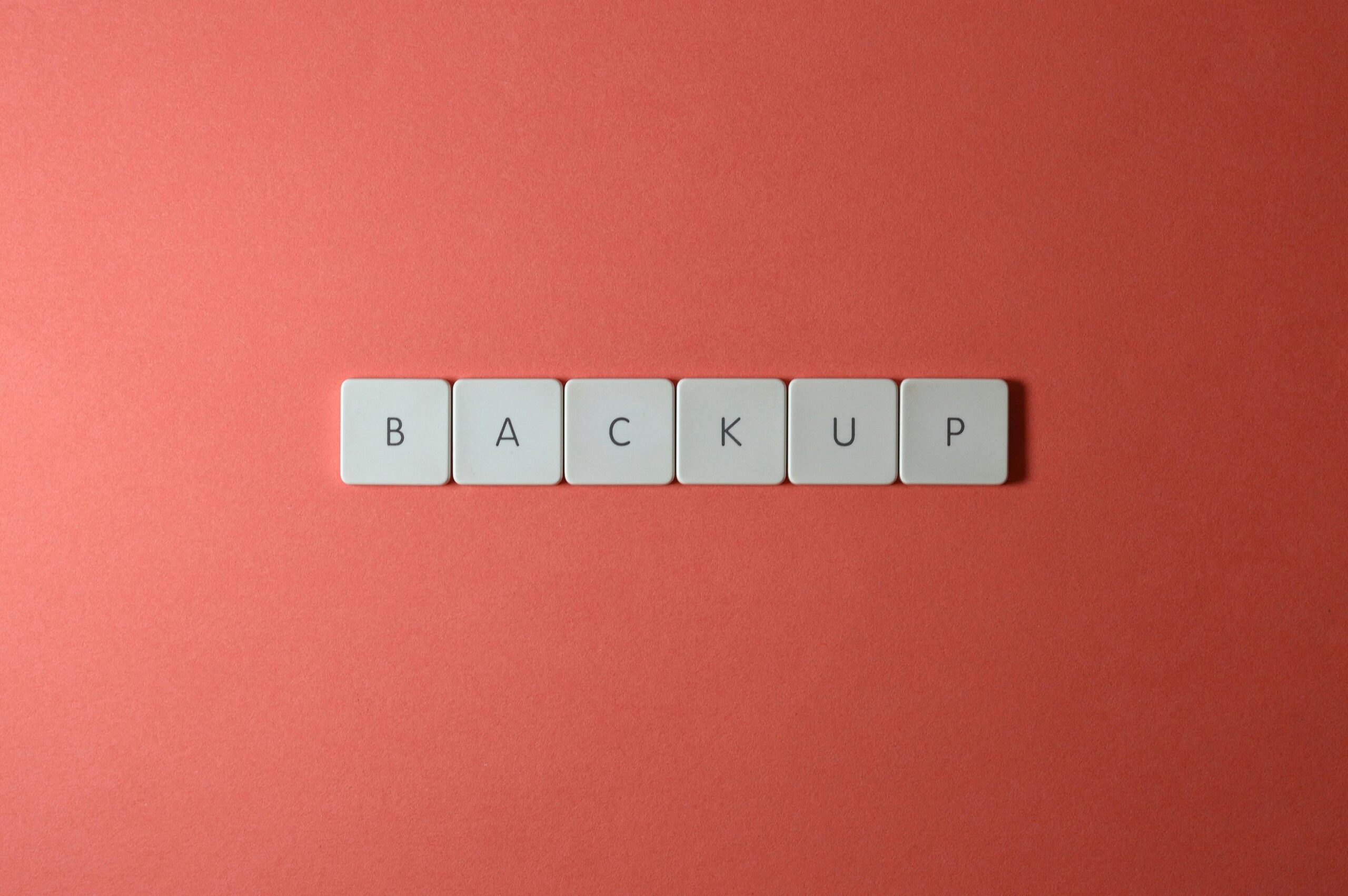Simple Backup and Recovery Plans Every Small Business Needs
Backup and Recovery Plans are no longer a luxury—they’re essential. What would happen if your business lost all its data tomorrow? Would you be able to recover, or would operations grind to a halt? Every small business relies on data—customer information, financial records, communications, product files, and more. Yet, protecting that data often gets pushed aside.
According to FEMA, 40% of small businesses never reopen after a disaster, and another 25% shut down within a year. That’s a staggering 65% failure rate due to poor preparation. Fortunately, a solid backup and recovery strategy doesn’t require a large IT department or a huge budget. With smart planning, affordable tools, and a little foresight, you can protect your most valuable business asset—your data.
How Important Are Regular Backups?
If you don’t have regular backups, your business is one unexpected event away from disaster. From hardware failure and human error to natural disasters and ransomware attacks, Backup and Recovery Plans are your safety net.
Cyberattacks on small businesses have increased steadily. If you operate in regulated industries like healthcare, finance, or law, lacking secure backups could also mean steep penalties during audits. A TechNewsWorld report emphasizes the growing need for proactive data protection strategies.
Simple Backup and Recovery Plans That Work
Know Your Storage Limits
Backups fail more often than you think due to storage overages. Regularly audit your backup space, clean up unnecessary files, and leave a 20–30% buffer to prevent interruptions.
Use a Cloud Service
Cloud solutions like OneDrive, Google Workspace, Dropbox Business, or Acronis offer secure off-site backup with version history, encryption, and cross-device access.
Automate Your Backup Schedule
Manual backups are unreliable. Set automatic schedules daily for critical data, weekly for systems, and monthly for archives. Use tools like Veeam or Windows Backup to streamline this process.
Test Your Recovery Plan
It’s not just about having backups—it’s about being able to recover them. Run quarterly recovery drills to measure your Recovery Time Objective (RTO) and Recovery Point Objective (RPO).
Keep a Local Backup for Speed
Local backups offer fast recovery when internet speeds or cloud access fail. Use encrypted external drives or NAS systems to enhance your data redundancy.
Educate Your Team
Your staff plays a crucial role in keeping data safe. Train them on file storage protocols, spotting phishing attempts, and what to do during data emergencies.
Keep Multiple Backup Versions
Maintain at least three versions of each critical file. Cloud services with built-in versioning make rollback seamless in case of file corruption or unauthorized edits.
Monitor and Maintain Your Backups
Assign a dedicated team member to review logs, update software, and verify backup integrity. Proactive maintenance prevents failure when you need restoration most.
Consider a Hybrid Backup Strategy
Hybrid solutions combine cloud and local backups, offering speed and security. For example, daily backups to the cloud with weekly backups to a local drive offer both redundancy and accessibility.
What to Do When Disaster Strikes
Assess the Damage
Determine the scope—what data was affected, and which systems are down. This helps prioritize recovery steps and contain further risk.
Activate Your Recovery Plan
Start restoration based on your documented plan, focusing on mission-critical systems first. Having automation in place will reduce recovery time significantly.
Loop In Your Team
Notify staff and assign roles. Effective communication minimizes confusion and gets everyone aligned on recovery efforts.
Document What Happened
After the event, log the timeline, cause, response, and resolution. Use this information to strengthen future Backup and Recovery Plans.
Test the Recovery Process
After recovery, simulate the event again. Validate that all systems are restored as intended and adjust your strategy based on lessons learned.
Final Thoughts
Well-executed Backup and Recovery Plans don’t just protect your data—it ensures business continuity, regulatory compliance, and long-term trust. Set up both cloud and local backups, automate everything, test often, and educate your team.
Data disasters strike without warning. Is your business ready? Reach out today for custom solutions that protect your business with zero downtime and instant recovery. Because the best Backup and Recovery Plans are the ones you never have to worry about.
To view the LinkedIn version of this article, click HERE.





